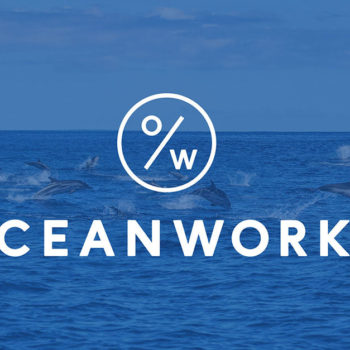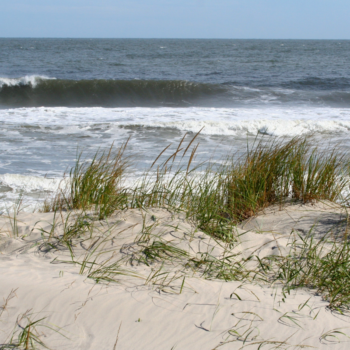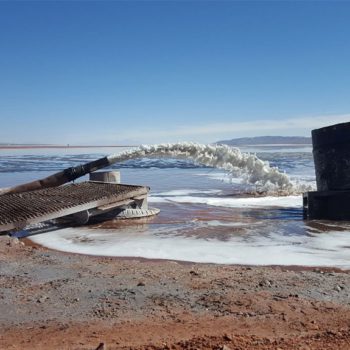|
|
Seaweed farms can be used to build a sustainable system, practically.
How? It’s simple: A major part of sustainability ties to energy. Energy covers shipping & transportation, data mining, food & agriculture, infrastructure. It’s the backbone of society.
With a focus on clean energy, we can push the economic needle forward—without compromising nature & climate.
Current solutions like solar & wind are difficult to scale. Seaweed and kelp, on the other hand, are renewable sources of energy that can fuel and feed the world in the most practical way imaginable.
Busy? Try the speed read.
10 reasons why seaweed farms are both sustainable and practical:
- Seaweed farms require no land.
- Seaweed farms are quite efficient, and can be harvested for commercial use within 90 days.
- Seaweed farms by-pass negative side-effects like deforestation or pesticide-use.
- Seaweed farms work in harmony with surrounding wildlife.
- Seaweed farms don’t interfere with boats or ships, and create economic opportunities where none exist.
- Harvesting seaweed requires very little biofuel; it is a scalable process.
- Seaweed has multiple uses: it can produce both food and fuel.
- Seaweed is biodegradable, unlike solar panels and wind turbines that require heavy metals and create waste.
- Seaweed yields 30x more energy per acre than biofuel land crops like soy or corn.
- Only 2% of the fertile ocean is covered by kelp forests, so there is much more room to grow.
Dig deeper → 2 min
Myth #1. Land use: “Renewable energy requires a lot of land.”
Yes, wind turbines and solar panels need millions of acres to produce energy. But we can source seaweed for biofuel completely underwater. Seaweed can also be used to absorb CO2, just like trees, without land.
Myth #2. Efficiency: “Renewable energy is inefficient.”
Kelp grows super fast, and can be harvested for commercial use within 90 days. Other fast-growing plants like bamboo require land use!
Myth #3. Negative Side-effects: “Renewables need fossil fuels.”
Seaweed farms bypass deforestation, pesticides, use of fresh water, or heavy machinery to operate.
Myth #4. Disruptions to wildlife: “Millions of birds die every year from wind turbines.”
Millions of birds are killed each year from wind turbines. However, seaweed farms are vertical underwater, so they use less space, and have a positive impact on surrounding wildlife.
Myth #5. Disruptions to economic activity: “Sustainability stifles economic growth.”
Seaweed farms are deep in water, so they don’t interfere with boats. They create economic opportunities in untapped places.
Myth #6. High energy use: “Renewable energy needs fossil fuels to be reliable.”
The process of harvesting requires very little biofuel, making it scalable.
Myth #7. One-dimensional: “It takes so much to offer so little.”
Seaweed farms can create fuel and food. Seaweed is also a healthy and nutritious snack that can reduce methane emissions from cattle, or feed port cities near food deserts.
Myth #8. Waste: “Renewables produce a lot of material waste.”
Seaweed is a plant, so it is biodegradable in any form. Around half of all seaweed is oil and can be repurposed as biofuel.
Myth #9. Efficacy: “Renewables can’t reliably power the world.”

Seaweed yields 30x more energy per acre than biofuel land crops like soy or corn.
Myth #10. Scarcity: “There is not enough sun & wind to meet energy demand.”
Kelp forests only cover 2% of the fertile ocean, leaving exponential room for growth.
Bottom line on seaweed farms
Initial trials on seaweed farms have begun in Hawaii, so only time will tell what it can do for the renewable energy space. Solar & wind are helpful tools, but not the ultimate solution. Perhaps seaweed is the practical answer to sustainability we’ve been looking for.
















No Comments